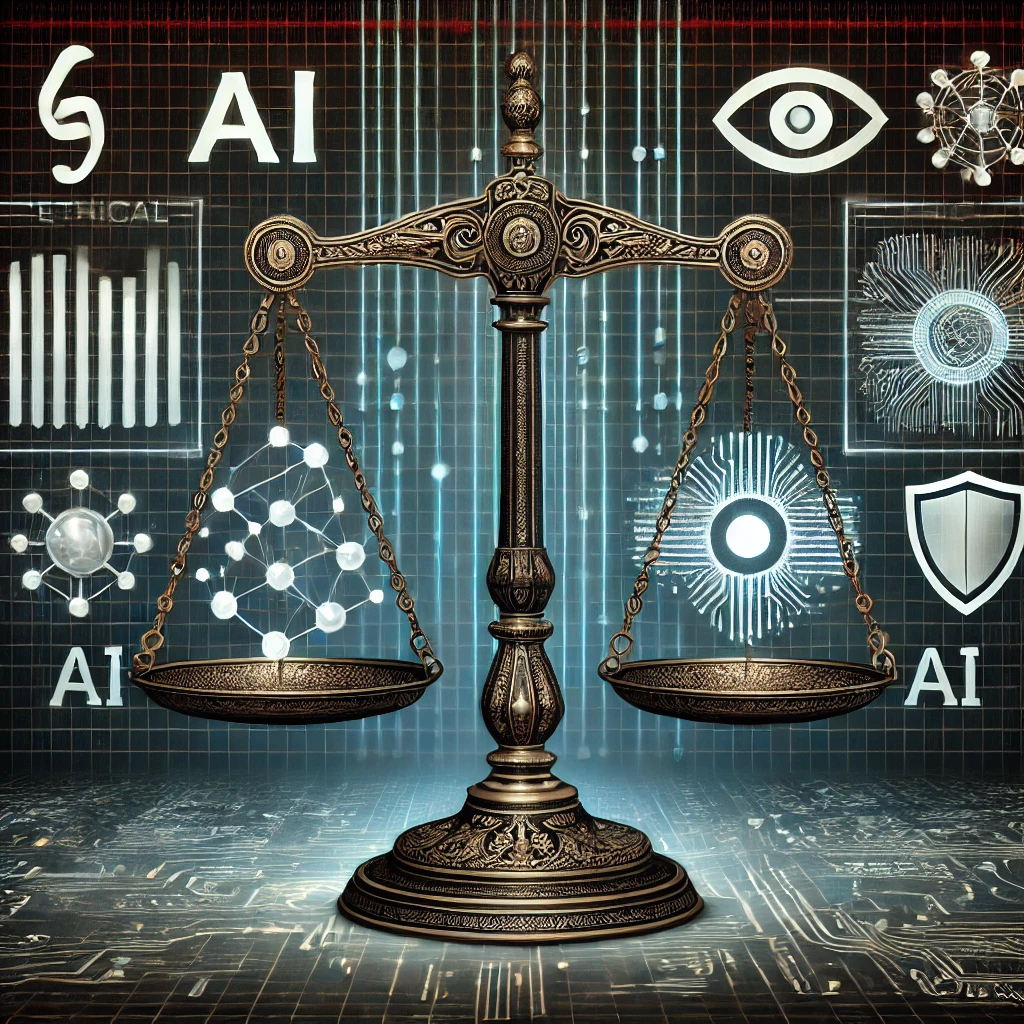AI-Powered Defense Mechanisms Against Cyber Attacks
Home – Single Post AI-Powered Defense Mechanisms Against Cyber Attacks In today’s digital landscape, the sophistication and frequency of cyberattacks are increasing, putting organizations at


Home – Single Post

In today’s digital landscape, the sophistication and frequency of cyberattacks are increasing, putting organizations at significant risk. To counter these evolving threats, AI-powered defense mechanisms are emerging as a crucial component in cybersecurity strategies. These advanced technologies leverage machine learning, predictive analytics, and automation to provide robust protection against a wide array of cyber threats. Below, we explore how AI is reshaping the defense against cyberattacks.
1. Proactive Threat Detection
Traditional cybersecurity methods often rely on reactive measures, addressing threats only after they have been detected. However, AI-powered systems can proactively identify and mitigate risks before they escalate.
2. Enhanced Access Controls
Access control is a critical component of cybersecurity, ensuring that only authorized users can access sensitive data and systems. AI enhances this by integrating advanced technologies such as biometric authentication and real-time decision-making.
3. Strengthened Physical Security and Visitor Management
AI’s role in physical security and visitor management is expanding, offering automated and intelligent solutions that enhance security and streamline operations.
4. Compliance and Cybersecurity Governance
As regulations around data protection and cybersecurity become more stringent, AI helps organizations stay compliant by automating governance processes and ensuring that all actions adhere to legal requirements.
5. The Role of AI in Incident Response
When a cyberattack does occur, the speed and efficiency of the response are critical. AI enhances incident response by automating key processes and providing actionable insights.
Conclusion
AI-powered defense mechanisms are revolutionizing cybersecurity, offering unprecedented levels of protection against increasingly sophisticated cyberattacks. By combining proactive threat detection, enhanced access controls, strengthened physical security, and robust incident response capabilities, AI is enabling organizations to stay ahead of potential threats. As AI technology continues to evolve, its role in cybersecurity will only become more integral, providing a future-proof solution for protecting digital assets.
Integrating AI with technologies like Access Controls, HID Readers, Biometric systems, and advanced Visitor Management solutions ensures a comprehensive defense against both digital and physical security threats, positioning your organization for a secure future.
Home – Single Post AI-Powered Defense Mechanisms Against Cyber Attacks In today’s digital landscape, the sophistication and frequency of cyberattacks are increasing, putting organizations at
Home – Single Post In the ever-evolving world of cybersecurity, a significant debate has emerged: Can AI outshine humans in protecting digital spaces, or do
Home – Single Post Ethical Considerations of AI in Cybersecurity As Artificial Intelligence (AI) becomes increasingly integrated into cybersecurity strategies, it brings with it a
Signup our newsletter to get update information, news, insight or promotions.
Copyright 2024 © XS Controls | Powered by XS Controls